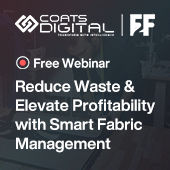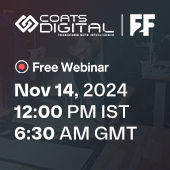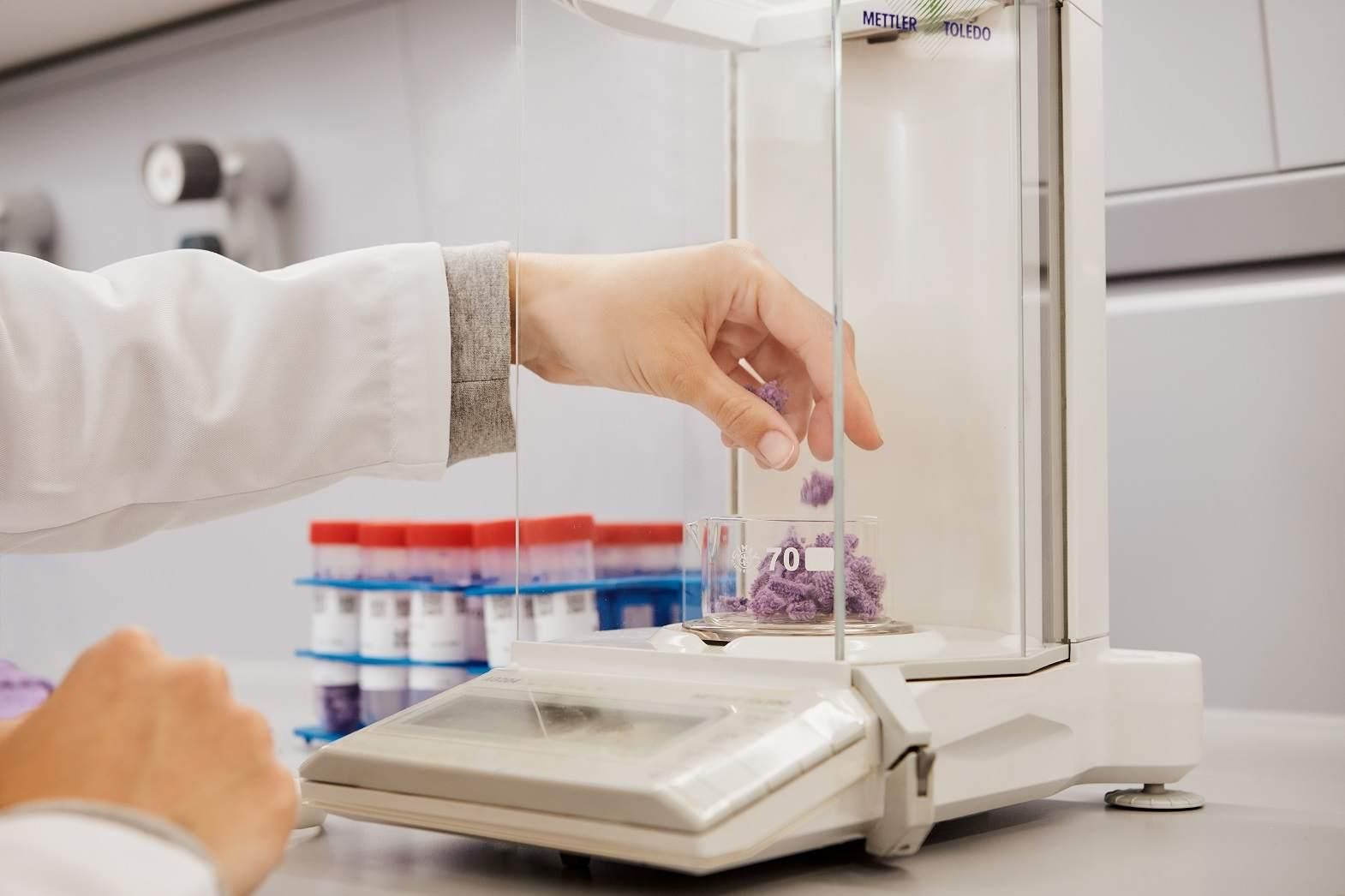The OEKO-TEX® association is a global leader in testing, auditing and certification of textiles and leather, dedicated to ensuring product safety, sustainable production and responsible use of resources across the industry. Shortly after its founding in 1992 the Hohenstein Research Institute, one of the founding members, established a branch in Türkiye, today a crucial market for organic cotton cultivation and processing. Bahadır Mustafa Bulut, Hohenstein Group Managing Director Türkiye, discusses transparency, quality measures and the relevance of GMO testing.

Türkiye is a crucial market for cotton. What trends can you discern here that will play a role for the global cotton market in the future?
The market is expected to grow substantially within the next 5 years for organic cotton production in parallel to the sustainability development goals and reaching net-zero emissions by 2050. Nevertheless, the cotton farmers recently choose to plant less cotton due to decreasing cotton pricing and rising input costs. In this growth forecast, Türkiye will keep being the key country as one of the pioneers in organic cotton globally and has been growing and manufacturing organic cotton products with over 40 years of experience, due in part to the country retaining its GMO-free status and commitment to sustainability.
OEKO-TEX® ORGANIC COTTON was launched in 2023. In what way does it differentiate from other cotton certifications?
With a history spanning over 30 years, OEKO-TEX® is a very well-recognised, leading organisation in the entire textile industry, and building trust in the textile supply chain all the way to the end consumers. OEKO-TEX® ORGANIC COTTON is a recent addition to our portfolio, revealed under the aegis of our proficiency and comprehension.
The competence and testing capabilities of our laboratories are one of our unique strengths. Here, the GMO (genetically modified organism) content is tested quantitatively within OEKO-TEX® ORGANIC COTTON, which makes it possible to differentiate the possible contamination from the intentional use of GMO cotton.
A major challenge in organic product verification was the missing centralised database for the transaction of the articles to prevent fraud. OEKO-TEX® ORGANIC COTTON standard was initiated with a unified and centralised database for transaction certificates, which is solely managed for the purpose of confirming mass balance.
OEKO-TEX® ORGANIC COTTON has a clear and globally designed testing scheme for harmful substances, not only for raw cotton but also for other raw, interim, finished products, and accessories.
To maintain the integrity of the OEKO-TEX® system, 25 per cent of certificates are subjected to annual control tests. During control tests, the certified products are taken from the market and controlled through laboratory tests and the costs are covered by OEKO-TEX® as long as the products meet with ORGANIC COTTON criteria.
In addition, an OEKO-TEX® ORGANIC COTTON certificate can be a prerequisite in combination with the STeP facility certification for an OEKO-TEX® MADE IN GREEN product label. Through the MADE IN GREEN label, consumers are also granted complete transparency in the supply chain, which is accessible via a QR code that directs them to the OEKO-TEX® label check.

Can any cotton product be certified? How do you handle cotton blends?
OEKO-TEX® ORGANIC COTTON certifiable cotton must be already certified as ‘organic’ on the farm level according to one of the IFOAM (International Federation of Organic Agriculture Movements) family of standards such as EC 834/2007, EU 848/2018 2, NOP etc. Within the availability of scope and transaction certificate according to IFOAM standards, the ginned organic cotton can be certified according to OEKO-TEX® ORGANIC COTTON as the entry point in the textile supply chain.
Conventional and organic cotton mixtures are not permitted. It is mandatory for intermediate products (yarns, fabrics etc) to be made of at least 70 per cent organic cotton. The rest of the composition can be made of other fibres except conventional cotton. And the ranges between 70 per cent and <100 per cent organic cotton are certified according to OEKO-TEX® ORGANIC COTTON Blended.
How does OEKO-TEX® ensure the consistency and reliability of its testing methods across its global network of independent institutes?
Interlaboratory comparison between our testing institutes is annually applied via round-robin testing of identical samples and methods to make sure that the performance of the laboratories is comparable and that the methods are accurate. The results are compared for accuracy and consistency and the report is published publicly on the OEKO-TEX® website.
From a facility and textile company perspective, what other advantages does an OEKO-TEX® ORGANIC COTTON certification offer?
OEKO-TEX® has issued around 48,000 certificates and labels last year and being part of the OEKO-TEX® community and having products certified according to OEKO-TEX® ORGANIC COTTON significantly boosts the visibility and added value of the sustainably produced articles.
As explained above, having quantitative GMO testing in the process is a great opportunity for the producers to understand the level of possible contamination and improve the situation. A contamination level of up to 5 per cent is tolerated in the first step to prevent the futile expenditure of efforts and investments. The intention is to gather knowledge and experience through incoming data, then adapt the limit value to further develop and improve the certification.
The modular system of OEKO-TEX® offers prevention of duplicate testing for OEKO-TEX® ORGANIC COTTON certification through the acceptance of existing regular testing from OEKO-TEX® STANDARD 100 and OEKO-TEX® ECO PASSPORT where it is relevant. This creates cost advantages for the textile facilities to achieve OEKO-TEX® ORGANIC COTTON certificate. In addition to that, a combination of OEKO-TEX® STANDARD 100 and OEKO-TEX® ORGANIC COTTON on-site visits is also possible, which decreases the cost and increases the efficiency of the facilities.
OEKO-TEX® values transparency. How can companies communicate their certified products to their stakeholders and the public?
The OEKO-TEX® website includes a free public online directory named ‘Buying Guide’ with searching tools that makes the companies able to communicate their products transparently both to the end consumers and sustainability-driven buyers, which may also include a brief company profile. Furthermore, respective certificate holders can generate freshly designed clear, consistent and transparent as well as traceable OEKO-TEX® labels from the label editor allowing them to highlight the products.
How was OEKO-TEX® ORGANIC COTTON received by the market within the initial year?
Our constant goal is to bring more sustainable products to the market and increase their added value as well as empower companies and consumers to make responsible decisions based on transparency. The market recognises and endorses this fact, and OEKO-TEX® ORGANIC COTTON is warmly welcomed due to its numerous benefits and is regarded as a reliable and credible solution.
What other subjects is OEKO-TEX® exploring to further enhance the quality and sustainability of textile and leather products?
To ensure the planet’s well-being, OEKO-TEX® constantly develops and enhances its product portfolio. The OEKO-TEX® STeP certification for sustainable textile and leather production does not only prove environmentally friendly and socially responsible facilities, but the system also provides tools such as the “impact calculator” for the carbon and water footprint calculations of the facility, individual processes and unit products. A digital chemical RSL screening tool named Bhive is also provided to take timely action and constantly eliminate the restricted substances for the facilities involved in the STeP certification.
Legal regulations such as banned azo colourants, pentachlorophenol, per-fluorinated substances (PFAS, PFCs), cadmium, lead etc, and ECHA SVHC list are covered by OEKO-TEX® standards and compliance to several regulations can be obtained worldwide. On the other hand, numerous harmful chemicals are restricted in the OEKO-TEX® standards, and despite the absence of legal regulation, the textile and leather industries continue to prioritise safety measures, thereby augmenting the security of the products.












Comments